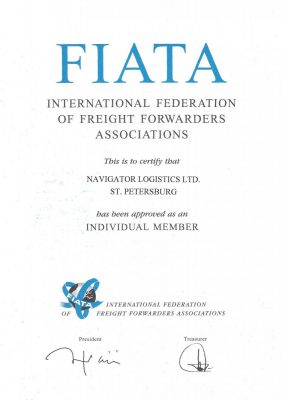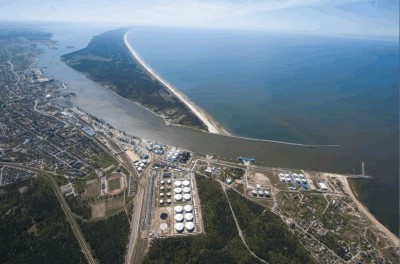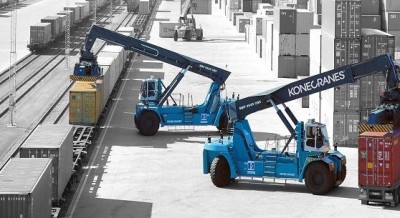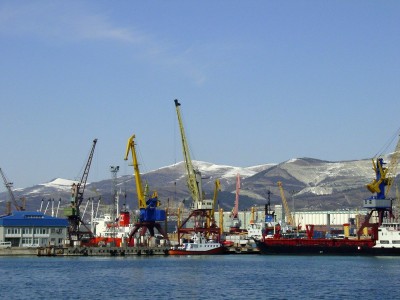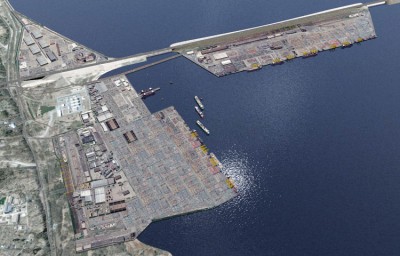 Construction works are in full swing at the site of a container freight warehouse on the territory of the Marine Multipurpose Complex Bronka (MMPK Bronk) a dedicated container port under construction at Big Port St. Petersburg, the project investor & developer Fenix said.
Construction works are in full swing at the site of a container freight warehouse on the territory of the Marine Multipurpose Complex Bronka (MMPK Bronk) a dedicated container port under construction at Big Port St. Petersburg, the project investor & developer Fenix said.
The indoor heated warehouse of Class A comprises 10 sqm and is located on the territory of a container terminal of Port “Bronka”. The facility is intended for temporary storage of containerized goods, for consolidation / deconsolidation and picking up containers. The container frieght station will also have an area for in-depth inspection of containers.
The facility completion is scheduled for July 2015.
The Marine Multipurpose Complex Bronka (MMPK Bronka) is being built on the southern shore of the Gulf of Finland, where the Dam and the Ring Road border the territory of Lomonosov. The Bronka Complex will comprise three specialized facilities: a container terminal encompassing 107 hectares, the Ro-Ro terminal of 57 ha and a logistics center of 42 ha. Container terminal will have 1.176 m-long quay wall (including 5 berths). The length of Ro-Ro terminal’s dock line will be 630 meters (3 berths). After completion of Bronka Phase 1 its capacity will reach 1.45 million TEUs and 260,000 units of Ro-Ro cargoes. In future the MMPK Bronka expansion will help increase the facility’s container throughput to 1.9 million TEUs. Upon completion of the port’s construction and dredging to the design mark of 14,4 meters in 2015 MMPK Bronka will be able to accommodate post-Panamax containerships and the ferries of Finnstar class.
Implementation of the Bronka project is expected to generate 2,300 jobs at its marine terminals alone.
Source: http://portnews.ru/news/196168/
